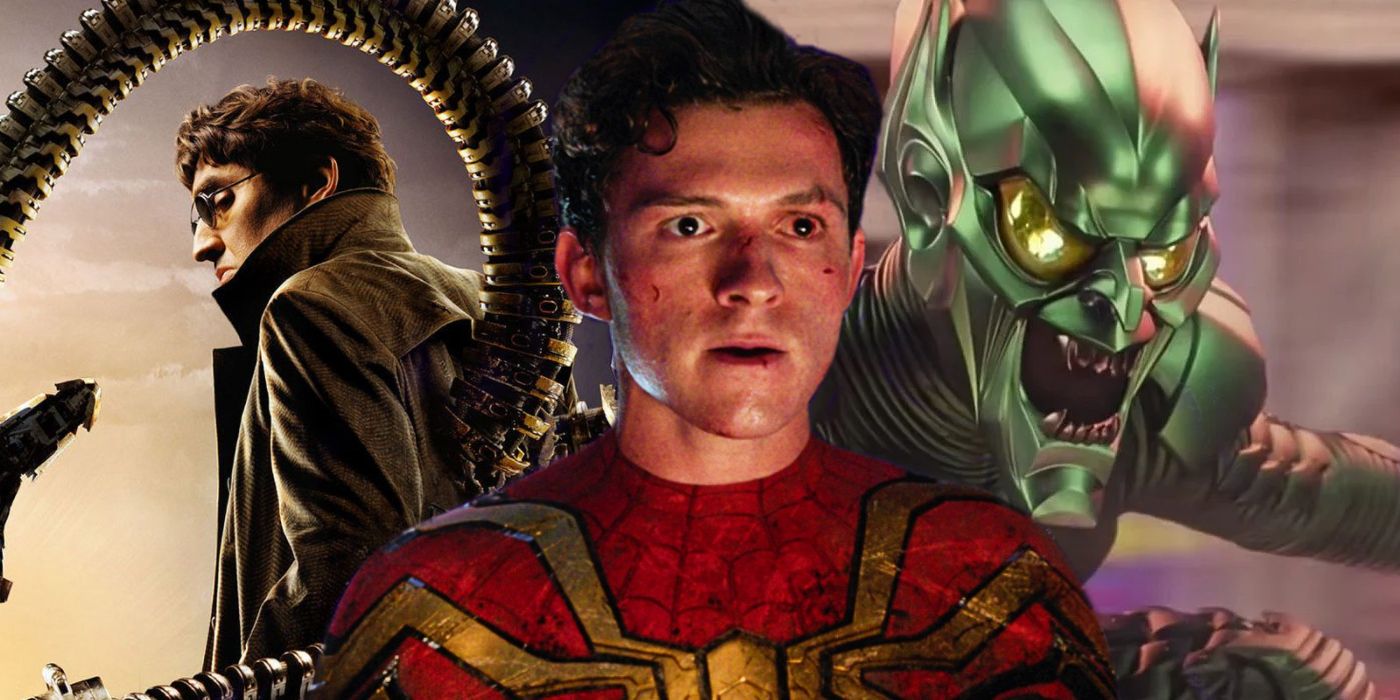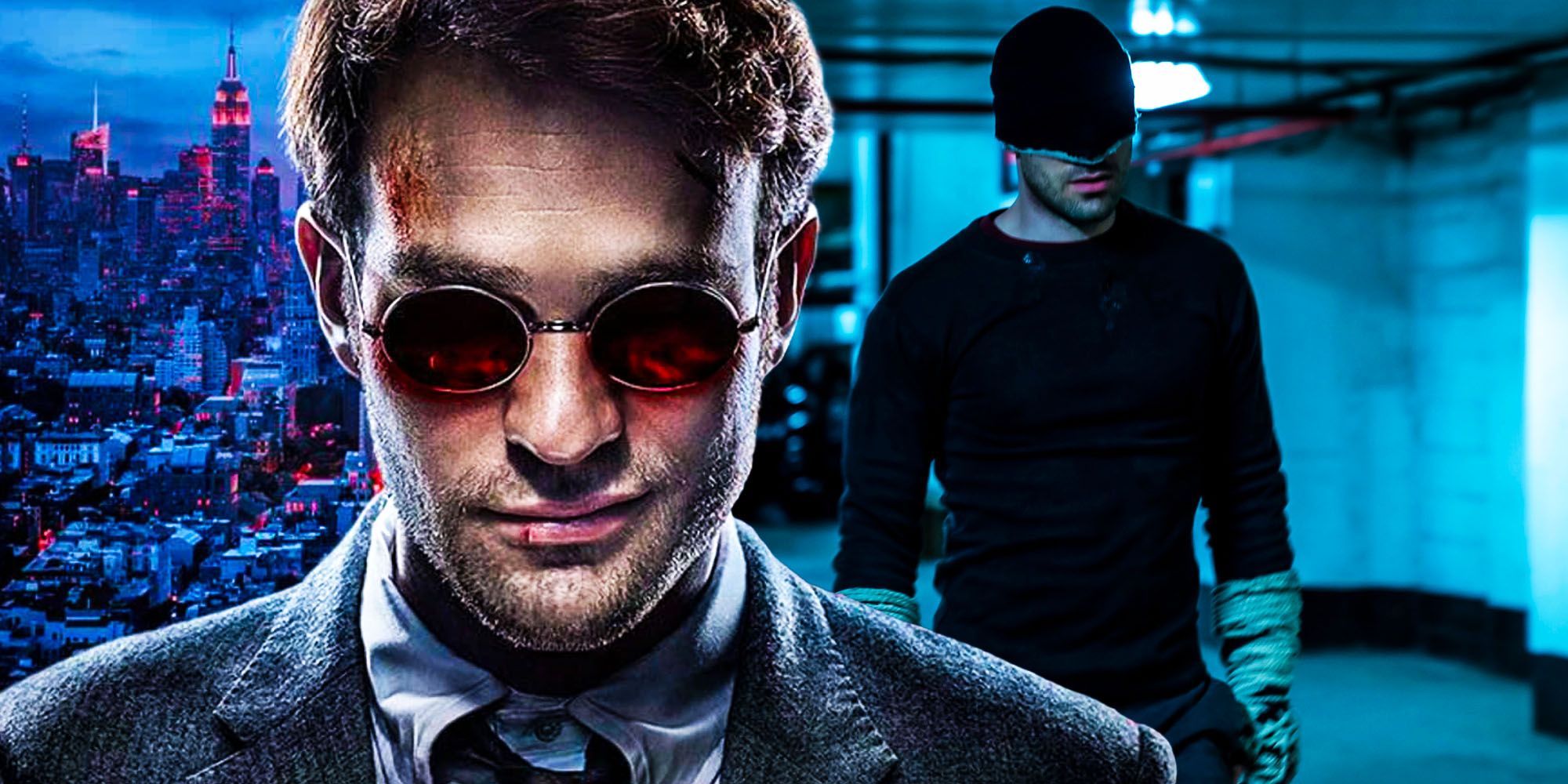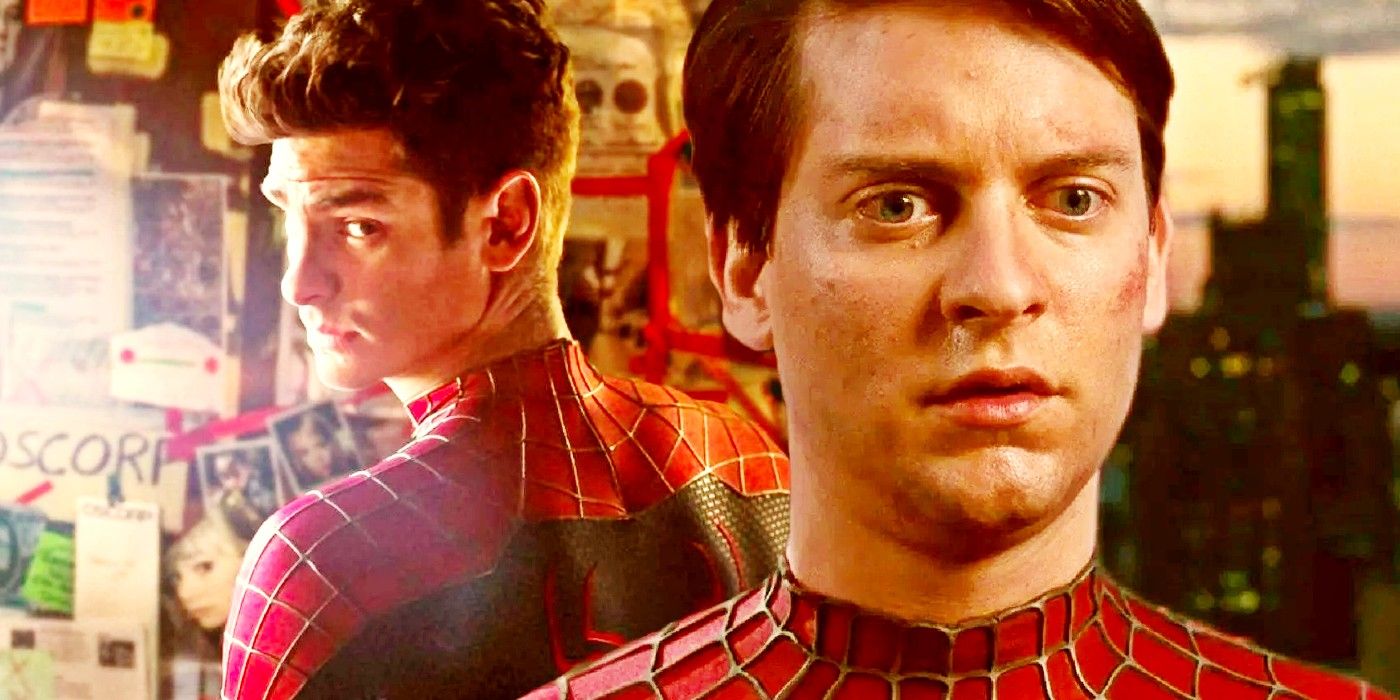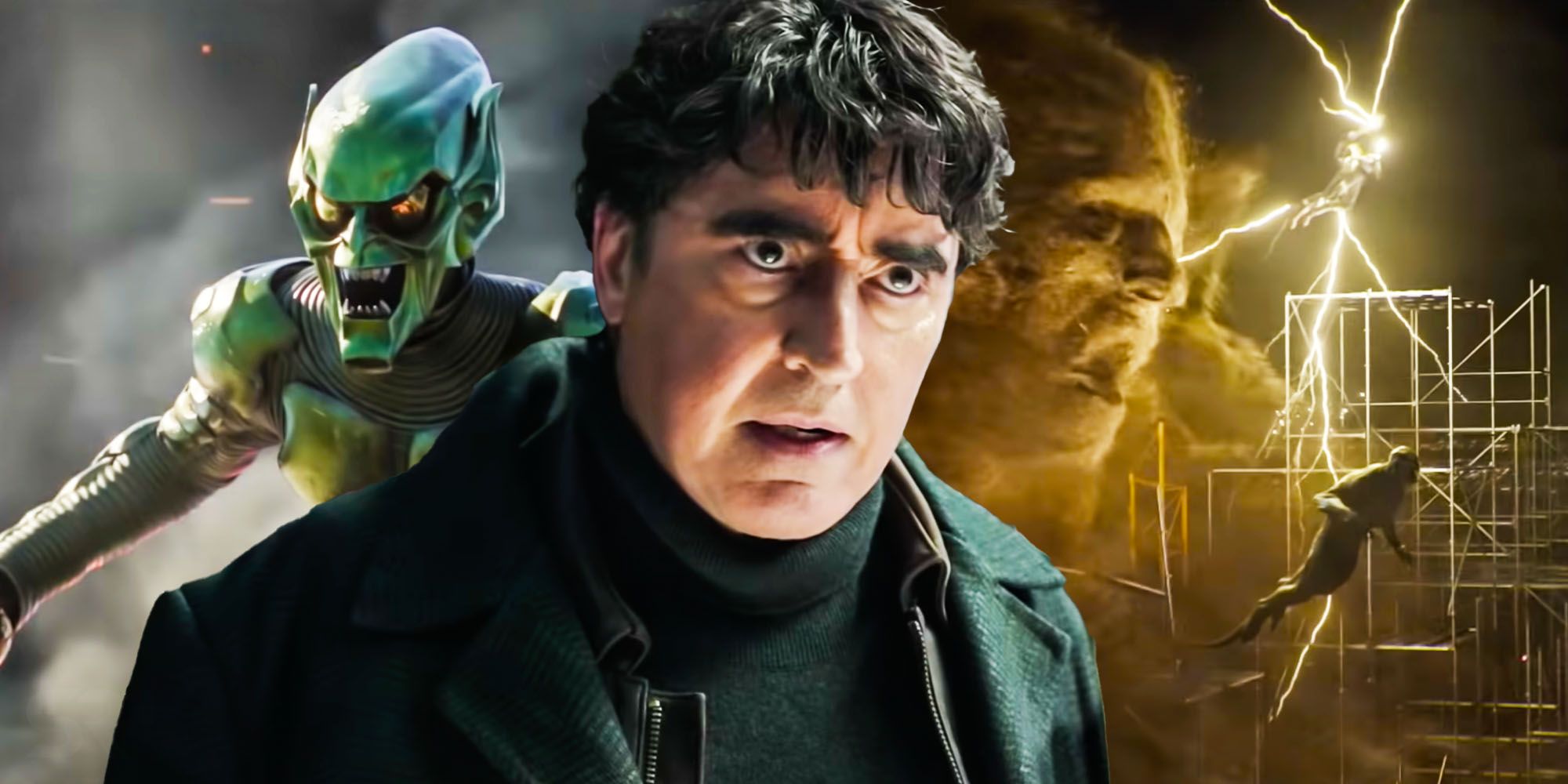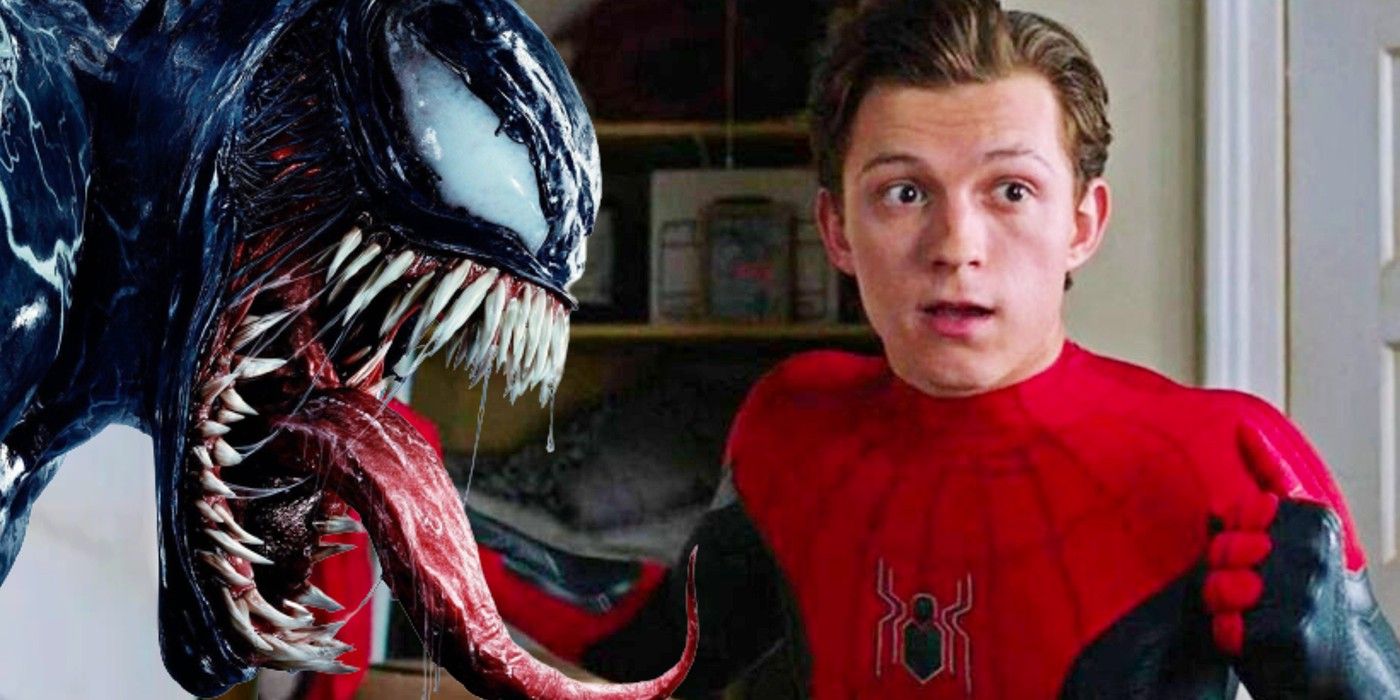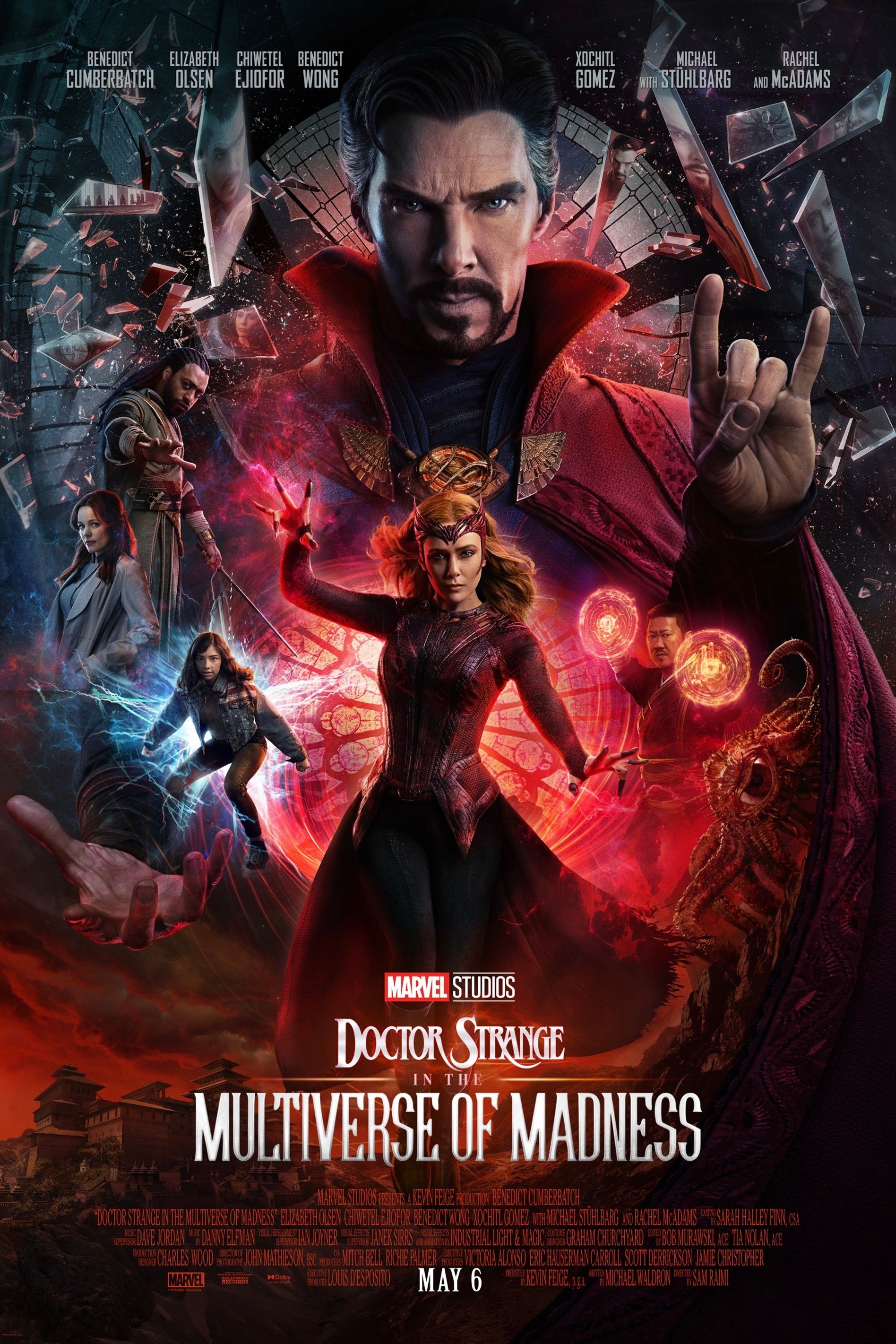Warning: This article contains spoilers for Spider-Man: No Way Home.
The multiverse adventure Spider-Man: No Way Home shakes up reality, so it may be tricky to keep straight the complete timeline works and when exactly every character times from. The MCU's multiverse has officially made its way on to the big screen, in an epic story in which an out-of-control spell by Doctor Strange threatened to break the space-time continuum. Naturally, Peter Parker was at the heart of it with multiple villains, different iterations of Spider-Man swinging their way into the MCU, and even an exciting cameo.
The MCU is a shared universe; every film or Disney+ TV series in the franchise relates to everything else. In the case of Spider-Man: No Way Home, the timeline is even more exciting, simply because the plot includes a number of characters who've made their way into the MCU from completely different timelines. Meanwhile, the welcome Matt Murdock cameo means there's going to be intense debate among viewers as to whether the old Marvel Netflix shows have been officially incorporated into the main MCU timeline or not.
Previous MCU Spider-Man films have stumbled in terms of continuity; Spider-Man: Homecoming featured a controversial time jump of "eight years later" that even Marvel ultimately admitted was incorrect, and they don't seem to have fully understood just how many months Spider-Man: Far From Home skipped. In the case of Spider-Man: No Way Home, Marvel took a different approach, deliberately omitting direct references and leaving visual cues instead. It's a much smarter approach because it leaves it to viewers to put the pieces together, and was probably essential simply because there were so many moving parts to this film. Looking at the various hints and clues, here's how the timeline in Spider-Man: No Way Home actually works.
Click here to watch The Complete Spider-Man Timeline Explained on YouTube
When Spider-Man: No Way Home Is Set In The MCU Timeline
The MCU Phase 4 timeline is rather complicated, partly because of a five-year time jump in Avengers: Endgame and partly because the story is being told out of chronological order. Avengers: Endgame's time jump moved the MCU ahead to 2023, and Spider-Man: Far From Home takes place a few months later, during Midtown High's 2024 summer vacation. Spider-Man: No Way Home picks up straight after this, and runs through a good portion of Peter Parker's final year in high school. He endures his secret identity being public knowledge for months, until late-hanging Halloween decorations give him the idea to go to Doctor Strange for help. The film runs through to Christmas 2024, with Spider-Man swinging over ice skaters and the Christmas tree in the Rockefeller Center when the story is over.
This naturally means there's a good chance other MCU films and TV shows will be concurrent with Spider-Man: No Way Home. The most obvious is Hawkeye, which is set in the MCU's Christmas 2024 and is connected to Spider-Man: No Way Home, with the Spider-Man movie subtly referencing Hawkeye's Rogers: The Musical, and Hawkeye mentioning improvements being made to the Statue of Liberty. Spider-Man: No Way Home and Hawkeye mark the furthest edges for movies and shows in the MCU timeline so far, although the former clearly leads into Doctor Strange in the Multiverse of Madness, which is almost certainly set in early 2025.
Daredevil's Cameo Explained: Is His Show Canon?
Charlie Cox returns as the MCU's Matt Murdock, reprising the role he played so well in Marvel Netflix's Daredevil show. He's the second actor to make the jump from those shows into the mainstream MCU, with Vincent D'Onofrio appearing in Hawkeye episode 5 just days before Spider-Man: No Way Home was released in the cinemas. All of this is naturally leading to excited discussion over whether or not it means the Marvel Netflix show - and, by extension, all the other Marvel Television content such as Agents of SHIELD or Cloak & Dagger - should be considered part of the main timeline.
In truth, neither Hawkeye episode 5 nor Spider-Man: No Way Home has really answered that question. Certainly, Marvel Television intended these shows to be part of the main timeline when they first produced them, but Marvel Studios has never given them any explicit recognition. J.K. Simmons' return as J. Jonah Jameson in Spider-Man: Far From Home and Spider-Man: No Way Home suggests different variants of a person can look roughly the same, meaning it's quite possible Cox and D'Onofrio are playing rebooted versions of their characters. The question will only likely be settled as Marvel continues this story, given Daredevil season 3 ended with Kingpin learning Matt Murdock's secret identity, so any contradictions should become obvious over time.
How Old Maguire & Garfield's Spider-Men Are In No Way Home
Spider-Man: No Way Home avoids giving any definite timeline for Andrew Garfield and Tobey Maguire's Spider-Men. Clearly, some years have passed for both incarnations of Spider-Man. Apparently, Tobey Maguire's Peter Parker has a complicated relationship with Mary Jane, and it's notable that he isn't wearing a wedding ring, so they haven't married. He indicates they're still together, though, and making the relationship work. Meanwhile, Andrew Garfield's Spider-Man suggests he went through a vengeful period after Gwen Stacy's death in The Amazing Spider-Man 2, but has grown beyond it now. The loss still wounds him and Gwen is still clearly the love of his life. It's reasonable to assume they were pulled from their universe at a point in the present day. If that's the case, then it would have been about seven years since Gwen's death for Andrew Garfield's Peter and about 14 years since Tobey Maguire's Spider-Man defeated Venom with the help of Harry Osborn.
Where Each Spider-Man Villain Comes From In Their Timelines
According to Spider-Man: No Way Home, each villain drawn through the multiverse originates from mere moments before their deaths at the hands of Spider-Man. In narrative terms, that's a smart approach, because it means each character has gone through their past character arc - and Spider-Man: No Way Home builds upon it. There are, however, two anomalous characters here; Sandman and the Lizard, both of whom survived Spider-Man 3 and The Amazing Spider-Man. It's possible both would go on to die in their own timelines, with the Lizard perhaps killed by Spider-Man himself, given Andrew Garfield's Spider-Man mentioned going down a dark path after Gwen Stacy's death. Likewise, it's unclear why the villains were pulled from the moments of their death but the Spider-Men appear to have been pulled from the present-day.
The interesting question is what Spider-Man's decision to cure the various supervillains means for their own respective universes. Marvel's multiverse isn't exactly consistent; after all, the studio only just held a summit to figure out the rules after already producing a number of shows and films exploring it. Still, the most likely scenario is that, according to Loki's model of temporal mechanics, Spider-Man created new branched timelines in which things played out differently, with the multiversal jumps serving as MCU Nexus Events.
No Way Home Confirms When Venom 2 Is Set In The MCU Timeline
Spider-Man: No Way Home's post-credits scene confirms when Venom: Let There Be Carnage is set in relation to the MCU's timeline. It seems Eddie Brock was blasted through the multiverse during the film's third act because he's shown drunkenly listening to talk about the Avengers and Thanos in a bar. Given he appeared in the MCU looking at footage of Spider-Man, it surely wouldn't have taken him long to hear of other superheroes. Brock was returned to his own timeline courtesy of Doctor Strange's counter-spell in Spider-Man: No Way Home, leaving a fragment of the Venom symbiote behind in Mexico and, more importantly, in the MCU.

